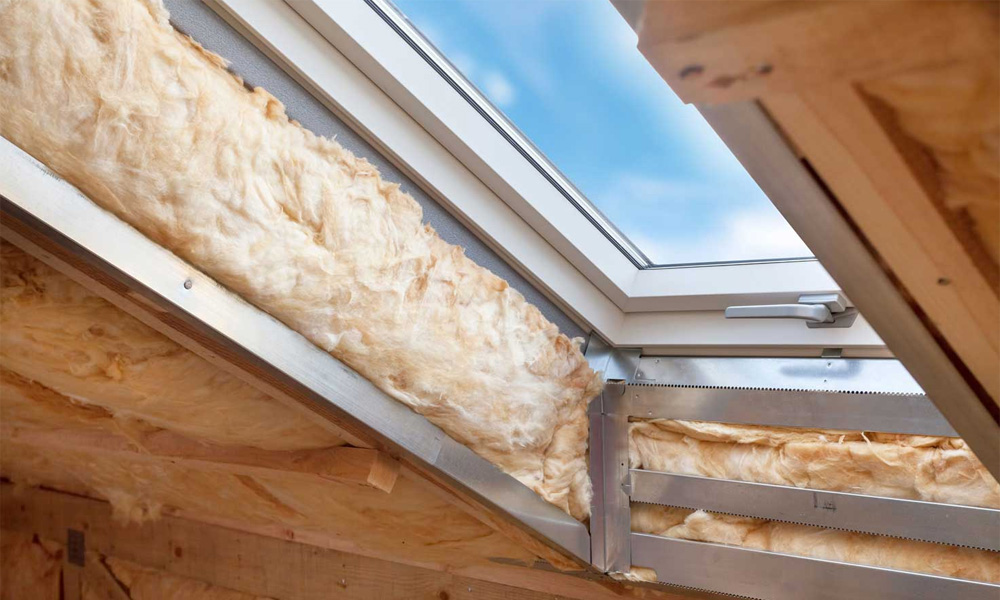Breaking Down the Insulation Battle: Is Styrofoam a Superior Insulator to Air?
When it comes to insulation, the debate between Styrofoam and air as better insulators has been ongoing. In this article, we will delve into the intricacies of insulation and explore whether Styrofoam truly outperforms air in terms of its insulating capabilities. By examining the properties, applications, and thermal conductivity of both Styrofoam and air, we aim to provide a comprehensive analysis to help you make an informed decision.
- Understanding Insulation:
Insulation plays a crucial role in maintaining the desired temperature within a space by reducing heat transfer. It acts as a barrier, preventing the flow of heat from one area to another. The effectiveness of insulation is determined by its ability to resist heat flow, commonly referred to as its thermal conductivity. - Styrofoam as an Insulator:
Styrofoam, also known as expanded polystyrene (EPS), is a popular choice for insulation due to its low thermal conductivity. It is composed of 98% air, with the remaining 2% being polystyrene. The trapped air within the foam cells acts as an insulating agent, significantly reducing heat transfer. Styrofoam's closed-cell structure also prevents the movement of air, further enhancing its insulation properties. - Air as an Insulator:
Air, on the other hand, is a natural insulator. It possesses low thermal conductivity, making it an effective barrier against heat transfer. However, its insulating capabilities can vary depending on factors such as air movement, humidity, and temperature differentials. In still air, the insulating properties are relatively high, but when air is in motion, such as through convection, its effectiveness decreases. - Comparing Thermal Conductivity:
To determine whether Styrofoam is a better insulator than air, we need to compare their thermal conductivities. Styrofoam typically has a thermal conductivity ranging from 0.03 to 0.04 W/m·K, while air has a thermal conductivity of approximately 0.024 W/m·K. This indicates that Styrofoam has a slightly higher thermal conductivity than air, suggesting that it may be a better insulator in certain scenarios. - Practical Considerations:
While Styrofoam exhibits slightly higher thermal conductivity than air, it is important to consider other factors when choosing insulation materials. Styrofoam is lightweight, easy to install, and provides excellent moisture resistance. It is commonly used in applications such as building insulation, packaging, and even in the food industry. On the other hand, air is readily available and free, making it a cost-effective option for certain insulation needs.
Conclusion:
In the battle between Styrofoam and air as insulators, it is evident that both have their advantages. While Styrofoam possesses slightly higher thermal conductivity, its practical applications and ease of use make it a popular choice. Air, being a natural insulator, is readily available and cost-effective. Ultimately, the choice between Styrofoam and air as insulation materials depends on the specific requirements of the project and the desired outcome.

Post Comment